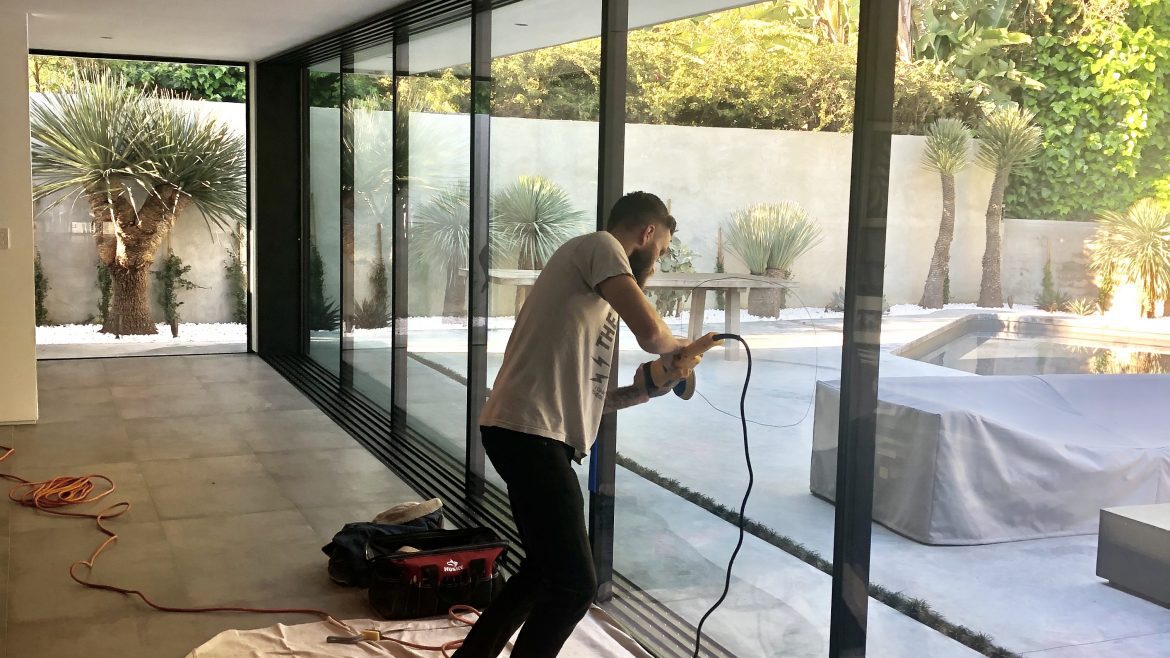How to Polish Glass with a Vibratory or Rotary Tumbler
People who want to tumble glass typically have one of two objectives in mind: either to create the frosted matte finish that is highly desired in seaglass, or to smooth and give their glass pieces a high sheen. There are a few considerations to bear in mind when dealing with glass, regardless of the output you desire:
Safety: Broken glass has a point! Use gloves, if possible, and handle with care. If you choose to use a hammer to break the glass yourself, make sure to use safety goggles, gloves, and a hefty fabric bag (canvas is an excellent option).
Out-gassing: Gas is created during the creation of glass, whether it is man-made or naturally occurring (obsidian). Check your barrel at least once every day, and “burp” it if it begins to puff up. In order to reduce gas formation, you might also try a small bit of baking soda, but not right before final polishing.
Cushioning your glass: You should add something to your load to slow the process down because glass chips readily. Plastic pellets or a variety of other materials, including corn syrup, cornstarch, sugar, molasses, rice hulls, gelatin, sawdust, and even antifreeze, can be used for this (dispose of this last carefully, as it is poisonous when ingested). To get the appropriate amount, you’ll need to experiment because using too much thickening will make each process take longer than it needs to.
Avoid mixing glass with anything else, especially stones that are harder than glass (which is about Mohs 5).
Polished Glass
If you have a rotary tumbler and want your finished glass to be highly polished, modify the instructions for tumbling stones as follows:
Step One: Start with the first step, using 120–220 grit silicon carbide, if your glass is rough (as obsidian may be) or needs a lot of shaping. Add plastic pellets or another cushioning substance from the list above. Make sure the load level is appropriate for your barrel. You might be able to skip this step and move directly to Step Two if your glass is smoother. Regularly checking the process will, incidentally, relieve any gas buildup in your barrel. After this procedure is complete, properly wash your glass and the barrel. REMOVE THE SLURRY FROM THE DRAIN, NOT WASH IT!
Step Two: Utilize silicon carbide with a 320 grit and a softener. Consider your load level carefully. If it starts to fall too low, add plastic pellets (either new or recycled from a previous Step Two). After checking the process, wash your glass and barrel as described above.
Step Three (Pre-Polish): Use a cushioning agent and silicon carbide with a 600 grit. Consider your load level carefully. After checking the process, wash your glass and barrel as described above.
Step Four (Second Pre-Polish): With glass, don’t omit this step! Instead of silicon carbide, use 600 grit aluminum oxide because the latter’s scratches will be less noticeable due to the media’s differing properties. Use a cushioning agent, increase the amount of your load, monitor your progress, and wash the glass and barrel as usual.
Step Five (Polish): Polish with chrome oxide or cerium oxide. Check your load level, use a cushioning agent, and monitor your progress as before. Burnish your glass using the instructions for tumbling stones if there is still a tiny haze.
Keep in mind that the glass will not round as much if you use a vibratory tumbler. If the shape of your pieces is significantly more jagged than you prefer, you could wish to complete the first or second steps in a rotary tumbler, if you have access to one. Otherwise, adhere to the guidelines for vibratory tumbling, with these exceptions:
Step One: Skip If your glass is not rough, skip. Use silicon carbide with a 120–220 grit size if finishing this stage seems prudent. Use a cushioning agent if necessary, but avoid using plastic pellets. When the phase is complete, properly wash your glass and hopper.
Step Two: Use silicon carbide with 220 grit, and consider applying a softening agent. Wash as above.
Step Three: When cushioning, use silicon carbide 600 grit. Wash as above.
Step Four (Pre-Polish): Utilize aluminum oxide 600 grit as instructed in vibratory tumbling. Wash thoroughly.
Step Five (Polish – Wet): Use cerium oxide or aluminum oxide that is.5–1 microns thick; heed the manufacturer’s dosage recommendations. If it appears required, you can add 1 to 4 sugar cubes per pound of burden as a cushioning agent. Thoroughly wash, then burnish as necessary.
Alternate Step Five (Polish – Dry): You can process your glass without water in a vibratory tumbler as an alternative polishing technique. Utilize Vibra-Dry in three stages, running #600 for two to three days, followed by #2500, and then #25000. You might also try running the step for three to four days with just a bunch of cornmeal and cerium oxide.
For quality glass polish services, you can visit https://glasspolishservice.com/.

